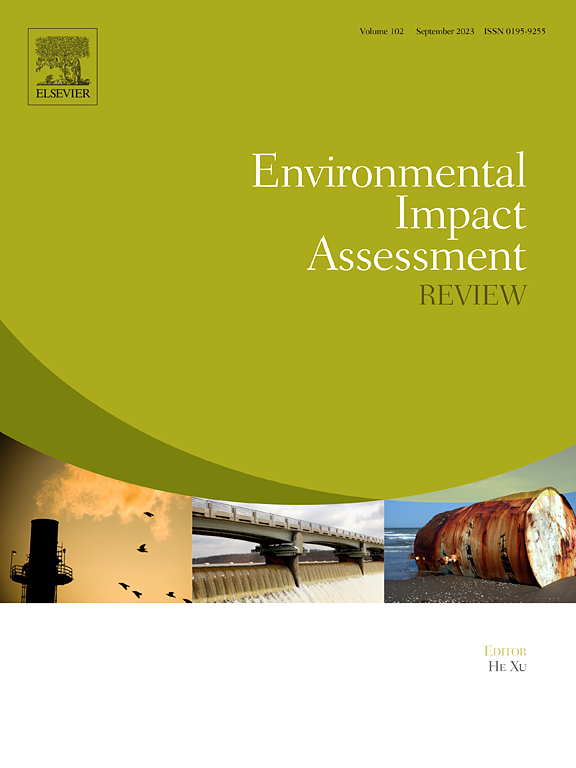Exacerbating or mitigating landscape fragmentation: Exploring the role of topographic heterogeneity in shaping landscape patterns in China
IF 11.2
1区 社会学
Q1 ENVIRONMENTAL STUDIES
引用次数: 0
Abstract
Topography provides the physical basis for landscape pattern formation. It also constrains how landscapes evolve. Understanding whether natural terrain exacerbates or mitigates landscape fragmentation is essential for revealing the mechanisms behind landscape change. This study used a mean change-point method to identify the optimal scale for topographic analysis. It then introduced evaluation models for the Relief Degree of Land Surface (RDLS) and the Landscape Fragmentation Index (LFI). A generalized additive model (GAM) was applied to examine the nonlinear association between RDLS and LFI. The results revealed that, first, in low-relief areas, terrain exerts a weak constraint effect, leading to rising fragmentation as RDLS increases. Second, moderate relief functions as a spatial barrier, isolating human activity and preserving landscape integrity. Third, in highly rugged terrain, even with limited human interference, natural topography alone can divide the landscape into disconnected patches, producing a natural fragmentation effect. Fourth, terrain also plays a guiding role: when steep relief compresses usable space, human activities concentrate in flatter or transformable areas, enhancing spatial continuity and reducing fragmentation. These findings uncover the specific mechanisms through which topography shapes landscape patterns, clarifying its multiple functions in either exacerbating or mitigating fragmentation. They provide valuable insights for differentiated land-use planning and sustainable ecological governance in complex terrain regions.
加剧或缓解景观破碎化:探索地形异质性在塑造中国景观格局中的作用
地形为景观格局的形成提供了物理基础。它还限制了景观的演变。了解自然地形是否加剧或减轻景观破碎化对于揭示景观变化背后的机制至关重要。本研究采用平均变点法确定地形分析的最佳比例尺。在此基础上介绍了地表起伏度(RDLS)和景观破碎化指数(LFI)的评价模型。采用广义加性模型(GAM)分析了rddls与LFI之间的非线性关系。结果表明:①在低起伏地区,地形的约束作用较弱,导致破碎化程度随着rls的增加而增加;其次,适度浮雕作为空间屏障,隔离人类活动,保持景观完整性。第三,在高度崎岖的地形中,即使人为干扰有限,自然地形本身也可以将景观划分为不相连的斑块,产生天然的破碎化效果。第四,地形也起着引导作用:当陡坡压缩可用空间时,人类活动集中在较平坦或易变形的区域,增强了空间连续性,减少了破碎化。这些发现揭示了地形塑造景观格局的具体机制,阐明了地形在加剧或减轻破碎化方面的多重功能。为复杂地形区域的差别化土地利用规划和可持续生态治理提供了有价值的见解。
本文章由计算机程序翻译,如有差异,请以英文原文为准。
求助全文
约1分钟内获得全文
求助全文
来源期刊

Environmental Impact Assessment Review
ENVIRONMENTAL STUDIES-
CiteScore
12.60
自引率
10.10%
发文量
200
审稿时长
33 days
期刊介绍:
Environmental Impact Assessment Review is an interdisciplinary journal that serves a global audience of practitioners, policymakers, and academics involved in assessing the environmental impact of policies, projects, processes, and products. The journal focuses on innovative theory and practice in environmental impact assessment (EIA). Papers are expected to present innovative ideas, be topical, and coherent. The journal emphasizes concepts, methods, techniques, approaches, and systems related to EIA theory and practice.
 求助内容:
求助内容: 应助结果提醒方式:
应助结果提醒方式:


